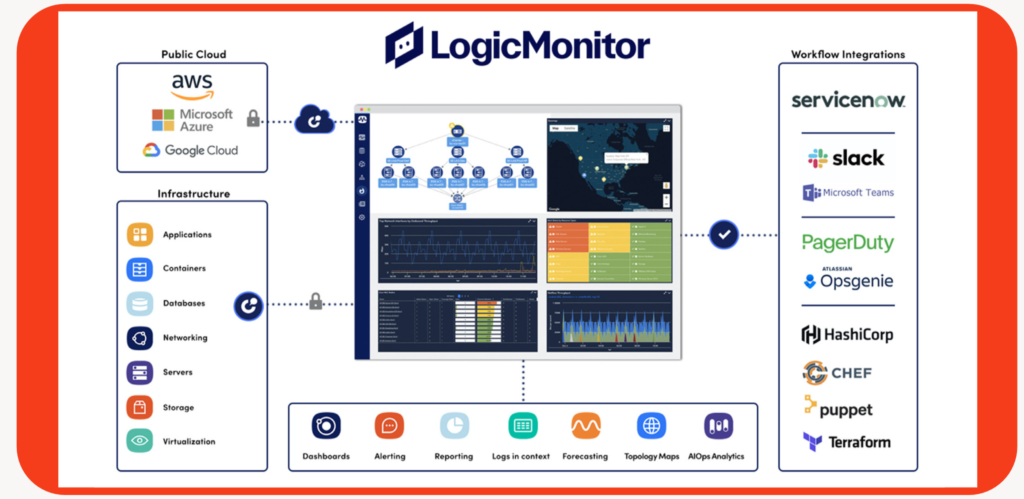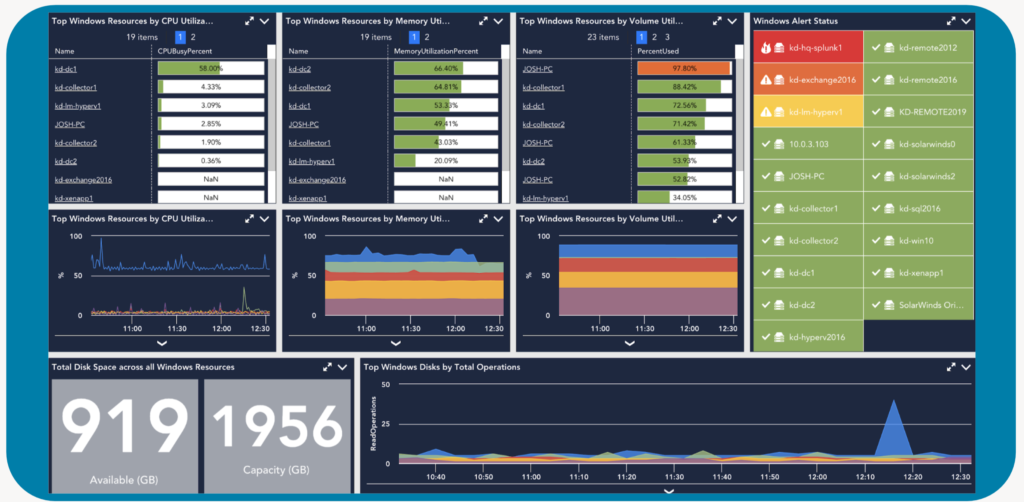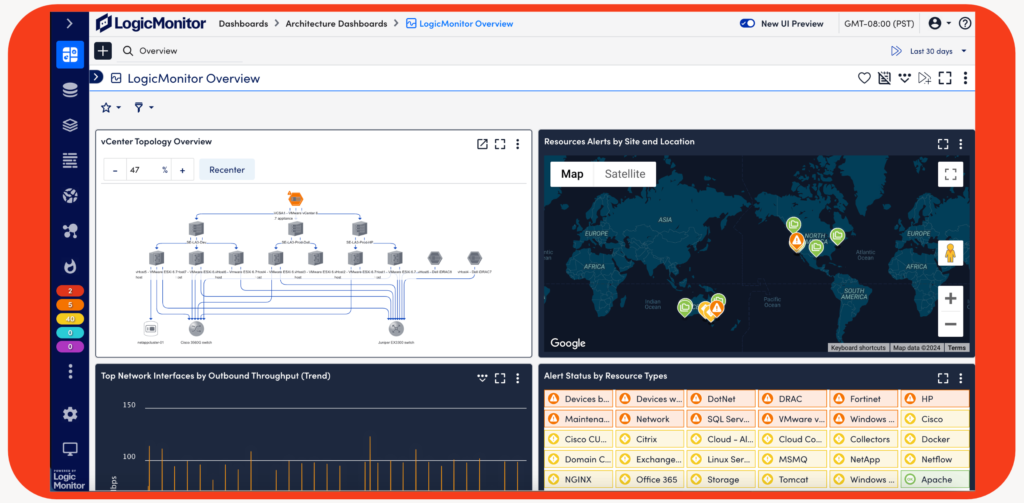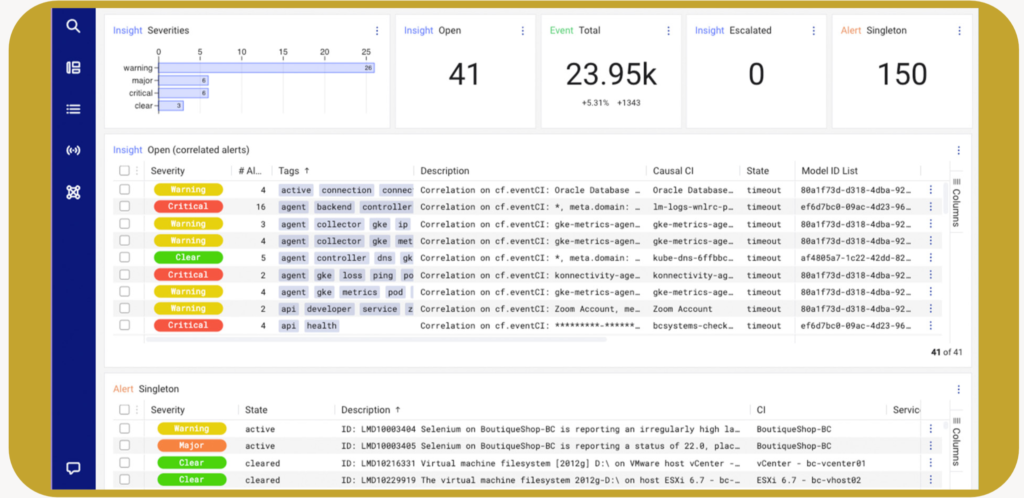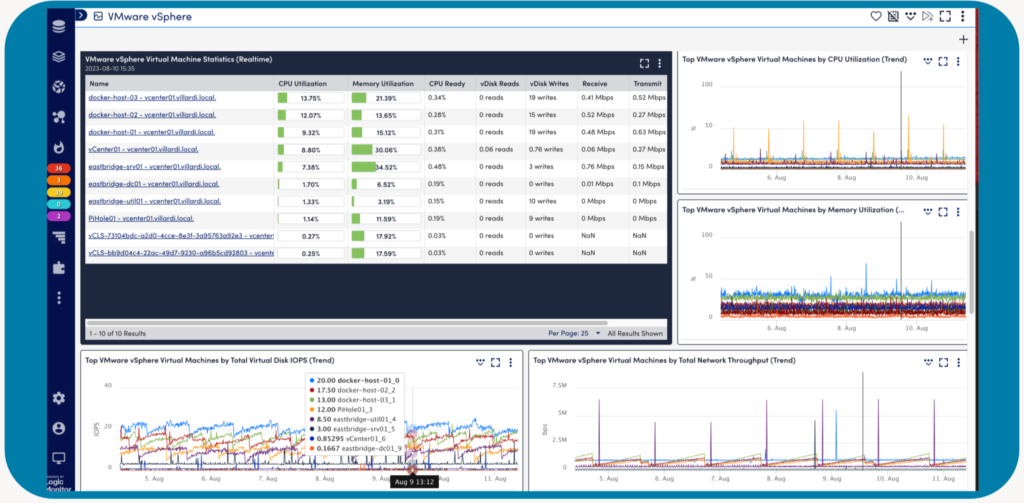
Franke gains single pane visibility of their 95% virtualized environment with LogicMonitor
Dedication to excellence
Franke is a global leader in providing innovative solutions for residential kitchens, the foodservice and convenience store segments, as well as the professional coffee making industry. With a commitment to excellence, Franke delivers a wide range of high-quality products that redefine culinary experiences and elevate the art of food and coffee preparation to best serve their diverse range of customers.
Franke IT’s Infrastructure Services team follows suit, best serving their range of internal stakeholders to ensure Franke’s entire infrastructure and services run smoothly.
// “We’re always comparing running IT infrastructure to providing power and water,” said Dominik Hunn, Project Lead for Monitoring Replacement at Franke.
“It‘s a commodity that doesn‘t attract a lot of attention as all of us expect it to just work. However, if it suddenly doesn‘t, the impact is severe: Employees unable to do their job, factories coming to a standstill, and most importantly, customers getting disappointed.“ //
Project overview
Company
Franke Management AG
Employees
8.000
Industry
Manufacturing
Business Goals
• Streamline monitoring process to reduce operational complexity and increase efficiency
• Increase visibility to proactively identify and address issues before they become critical
• Optimize resource allocation and improve workflows through automation
Benefits
• Reduced pains of context switching and improved proactivity by moving from 4 Nagios XI instances to LogicMonitor’s single pane of glass view
• Automated workflows, including device monitoring, onboarding, and configuration, allowing the team to focus on strategic projects
• Detailed dashboards, reporting capabilities, and visibility to enhance internal adoption and simplify processes, like ServiceNow ticketing
Together with his colleagues, Hunn plays a vital role in enabling seamless operations for Franke through their primary responsibilities, which include the efficient management of essential services that are integral for internal users to securely store files, run appropriate applications to the files they store, implement reliable file backup systems, and more. This dynamic support framework forms the bedrock of day-to-day functions for other Franke IT teams, which include three major service desk organizations across several continents, who work to field internal service errors and tickets quickly and efficiently.
Beyond supporting their stakeholders, Hunn and team are also directly responsible for the foundational IT infrastructure spanning Europe, the Middle East and Africa (EMEA), and hold additional responsibility for some of the infrastructure located in the Asia–Pacific (APAC) and Americas regions. With approximately 50 sites encompassing IT infrastructure, ranging from compact sales offices housing a dozen employees to sprawling campuses accommodating close to a thousand, the team needs to ensure the seamless functionality of all devices and services, thus providing foundational support to Franke’s overarching business objectives.
Franke‘s infrastructure comprises a dynamic landscape which is over 95% virtualized, featuring a range of elements. These include over 1,300 virtual machines (VMs), 100 ESXi hosts, a network encompassing 2,000 devices, pivotal SaaS solutions including Microsoft 365, and a single-cloud strategy executed through the utilization of Azure. In addition to managing and monitoring Franke’s core infrastructure, Hunn and team also shoulder the significant responsibility of establishing global standards and optimal practices for their global IT counterparts to harmonize operations worldwide.
The struggles of silos
While monitoring has always been a core function for Franke IT’s infrastructure team – especially as the business expands globally and works towards modernizing their environments – their earlier approach to monitoring didn’t quite meet the growing company’s needs.
Franke faced a significant operational challenge concerning monitoring their infrastructure with their previous deployment of Nagios. Franke’s monitoring solution had been running over their usual optimal life-span of five years, and the realization that it required replacement was widespread within the organization. This challenge was further intensified by the presenceof four distinct Nagios XI instances, each responsible for monitoring different segments of the company‘sinfrastructure.
Given the global distribution of numerous systems and devices, it’s imperative that the team has complete oversight across Franke’s various locations. The implications of their multi-instance Nagios setup meant quick access to that essential information was compromised. Moreover, regular necessary tasks for keeping the self-hosted on-premise infrastructure running, such as operating system updates, database maintenance, and agent upgrades, were time-consuming for the operators of the infrastructure. The siloed monitoring instances resulted in complexity and context switching for the team, which negatively affected operational efficiency.
These challenges impacted various teams and internal users within Franke, leaving visibility gaps and difficulties visualizing the broader operational landscape. Hunn’s team was most affected by not having a single pane of glass view, as they had two EMEA instances of Nagios XI running – one for the systems that fell under their responsibility and one for their internal stakeholders. This arrangement led to confusion and a lack of clarity regarding the placement of specific systems. Consequently, this situation required a significant amount of effort from the team to ensure environments stay stable, was challenging to manage, and left the team spending valuable time on manual tasks and maintenance.
They needed a monitoring platform that addressed their specific challenges, but that also made financial sense in terms of the licensing model. Similar to many other manufacturing companies, cost management is always top of mind for Franke. With a highly virtualized environment, each of Franke’s VMs needs to be monitored to guarantee stable operations and minimize potential downtime, which can quickly turn costly with legacy monitoring solutions. Automation capabilities were also a key consideration for Franke, as with other manufacturers. The ideal monitoring solution for Franke would combine effective automation capabilities with their current workforce to optimize operational efficiency, ensuring more time is spent on projects that move the business forward, instead of time administrating systems.
The eventual decision to transition away from their previous monitoring setup was met with a collective sense of relief, as it was going to allow the team to focus on more effective monitoring practices to better support the business and Franke’s future initiatives.
Minimizing blind spots and increasing proactivity
Dominik Hunn and team began the search for a new monitoring platform that met their criteria and decided to transition to LogicMonitor, drawn by the platform’s ability to provide a unified and comprehensive view for their environments. The decision was further influenced by LogicMonitor‘s agentless solution, automation capabilities, and licensing model, which aligned with Franke‘s 95% virtualized environment and monitoring needs. As a manufacturer, having a monitoring partner that can collaborate and be held accountable was also significant for Franke, as they lacked that relationship with their previous solution.
Gone are the days of searching through four separate Nagios XI instances to find necessary information – the infrastructure team now has a single pane of view with LogicMonitor.
// “The really important part here is the increased visibility. The single pane of glass across all of our regions enables us to act more proactively,” said Dominik Hunn. //
By minimizing the team and internal user’s blind spots created by the separate Nagios XI instances, LogicMonitor’s single pane of glass has brought upon a new era of monitoring for Franke. “We really have way more possibilities with LogicMonitor, making things easier not only for our team, but our internal stakeholders as well,” Hunn pointed out.
Most of the systems they are responsible for are distributed worldwide and previously resided in different monitoring instances. By removing context switching and enhancing overall visibility and insights in a unified view, the team has been able to proactively act against any issues before they reach a critical status in order to reduce downtime and ensure services run smoothly for their stakeholders.
Improving workflows without manual intervention
Time spent on manual workflows and configuration became a thing of the past for Hunn and the team as automation helped to improve workflows, especially when it comes to adding or removing devices from their virtualized environments. Active Discovery has saved valuable time by allowing for automatic monitoring of a VM once the team has deployed it, further streamlining the process required to ensure immediate and comprehensive monitoring coverage. Automation was also key for effective onboarding, allowing internal users to effortlessly access the portal to order their devices with monitoring seamlessly integrated also to their single sign-on solution – without manual intervention. During Franke’s migration and onboarding, LogicMonitor’s capabilities were leveraged for mass imports from various sources, simplifying the process further.
Spending less time on manual labor and solution housekeeping, the team has been able to rebalance resources into projects that benefit the company. In a joint effort across Franke IT’s Platform Services department, focus was put on improving workflows with ServiceNow, providing more CI classes and catalog items over the CMDB integration, as well as making it easier to schedule downtime (SDT) for their internal customers.
The team now has a bidirectional ServiceNow interface, including a streamlined workflow for adding monitored devices to the CMDB, eliminating the manual effort required for its members to configure device monitoring. LogicMonitor now offers a standardized interface where device details are specified during the order process, seamlessly adding them to the LogicMonitor portal. Collectors are also automatically assigned based on location data from the CMDB, optimizing device mapping and dashboard creation. This integration has eliminated the need for the team to spend time on manual device addition, monitoring setup, and removal, resulting in an overall more efficient and automated process. They were also able to implement an SSO integration to lower the access hurdle and increase portal usage and adoption for their stakeholders with one click.
In addition to these projects, Franke has also been able to focus time and efforts on monitoring initiatives with their implementation partner, amasol, a Munich-based observability expert with more than 25 years of experience in the German speaking region. Having a partner close to Franke in Germany was favorable for the team, so amasol was brought in as a trusted advisor in the observability space on top of LogicMonitor support. Most recently, Franke has been able to leverage amasol’s expertise and knowledge when it comes to customizing Active Directory monitoring according to their specialists’ needs and are also looking towards utilizing LM Logs in the near future.
Maximizing their investment
Looking forward, marketing the IT team‘s monitoring services and promoting the use of their LogicMonitor portal within the organization is top of mind for Hunn and the team. With a significant portion of their responsibilities dedicated to monitoring services for internal users, they’ve been able to leverage LogicMonitor‘s detailed dashboards, visibility, and reporting capabilities that are instrumental in sharing critical information with stakeholders. These dashboards not only enhance internal adoption, but also offer tangible benefits for internal users, such as checking the condition of the systems and services in their responsibility at a glance and being aware of upcoming issues even before a ServiceNow ticket is even raised.
The effort to increase the visibility and marketability of their monitoring services stems from a desire to revitalize their monitoring practices. LogicMonitor‘s capabilities have now breathed new life into the infrastructure team’s monitoring efforts, with plans to expand these benefits beyond the IT department. By effectively marketing their offerings to both IT and internal business stakeholders, Franke‘s IT team aims to maximize the advantages of LogicMonitor, ultimately improving portal usage and fostering a culture of proactive monitoring and service optimization within the organization.
Franke‘s successful transition to LogicMonitor has not only resolved operational challenges but has also positioned them for a proactive, efficient, and streamlined approach to infrastructure management, ultimately driving enhanced visibility and productivity within their IT team and across the business.
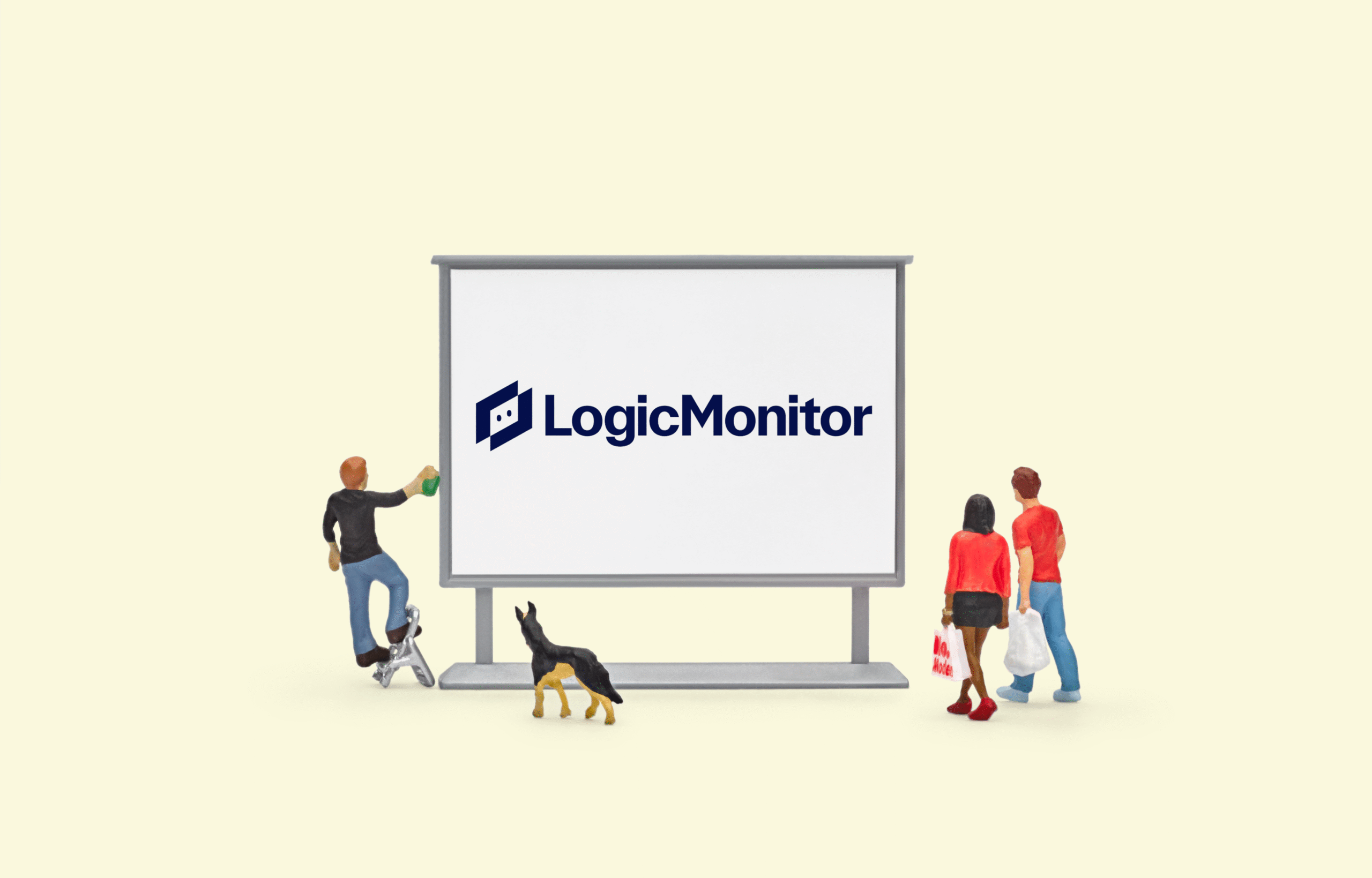
LogicMonitor
Unified Observability and IT Performance Monitoring

Customer success stories
Explore how companies have transformed their IT systems and processes with amasol’s expertise.

Why amasol
We aim to increase agility, increase the value proposition and improve the efficiency of IT and thus increase business success.

Resource center
Search through our library of resources for inspiration on how amasol has helped other customers to power their experience business.

Our tools
Explore the tools and partnerships that help us drive success and optimize your IT environment.
Discover more about amasol
amasol
Additional Resources
Legal Information

MUNICH
Campus Neue Balan
Claudius-Keller-Straße 3B,
81669 Munich, Germany

VIENNA
Gertrude-Fröhlich-Sandner-Str. 2-4, Tower 9,
1100 Vienna, Austria

NEW DELHI
13/24 2ND FLOOR
West Patel Nagar New Delhi
110008 India

LONDON
60 St Martins Lane Covent Garden,
London, WC2N 4JS, United Kingdom

